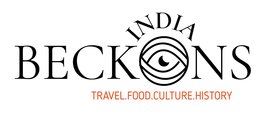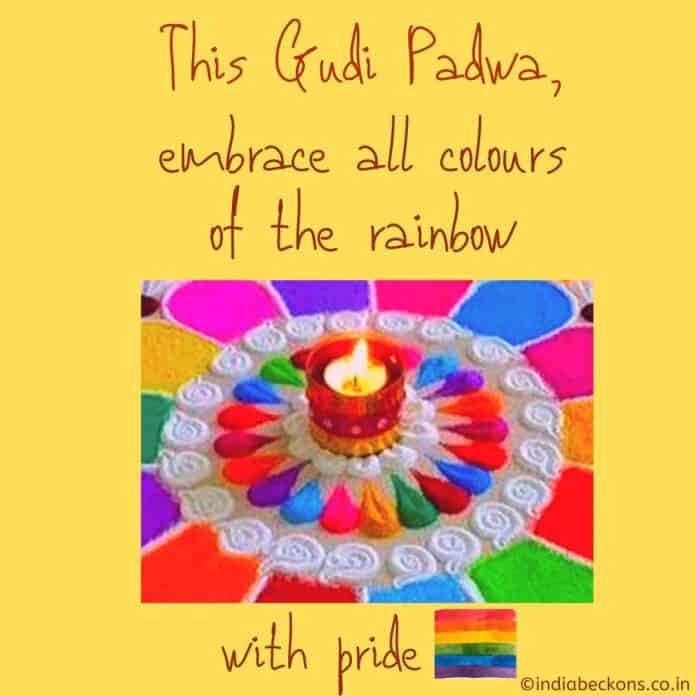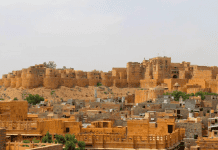One of India’s biggest springtime festivals, Gudi Padwa marks the beginning of the new year for communities in Maharashtra and the Konkan. The word padwa, derived from Sanskrit, refers to the first day of the lunar fortnight when the moon is at its brightest. Marathi and Konkani Hindus observe the occasion with processions, unique dishes, and of course colourful rangoli, which adorns the floor of every home celebrating Gudi Padwa.
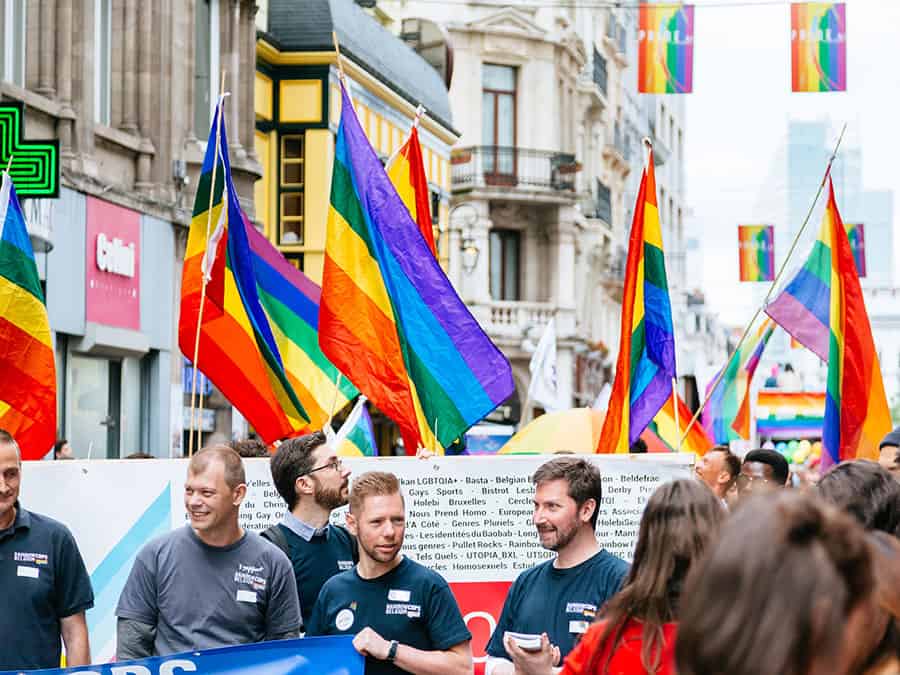
The bright colours of rangoli represent all the colours and shades of life, including various hues of emotions, feelings, and phases. It is a time for us to reflect on the broader applicability of the colours of the rainbow, which are linked to the LGBTQ+ rights movement via the pride flags.
The LGBTQ+ community uses ‘the colours of the rainbow’ pride flags as symbols that are synonymous with inclusiveness. Just as the rainbow is incomplete without any one colour, so is the world incomplete without the inclusion of any community – in this case, the one in question is LGBTQ. The colours of the rainbow flag represent harmony and unity in diversity.
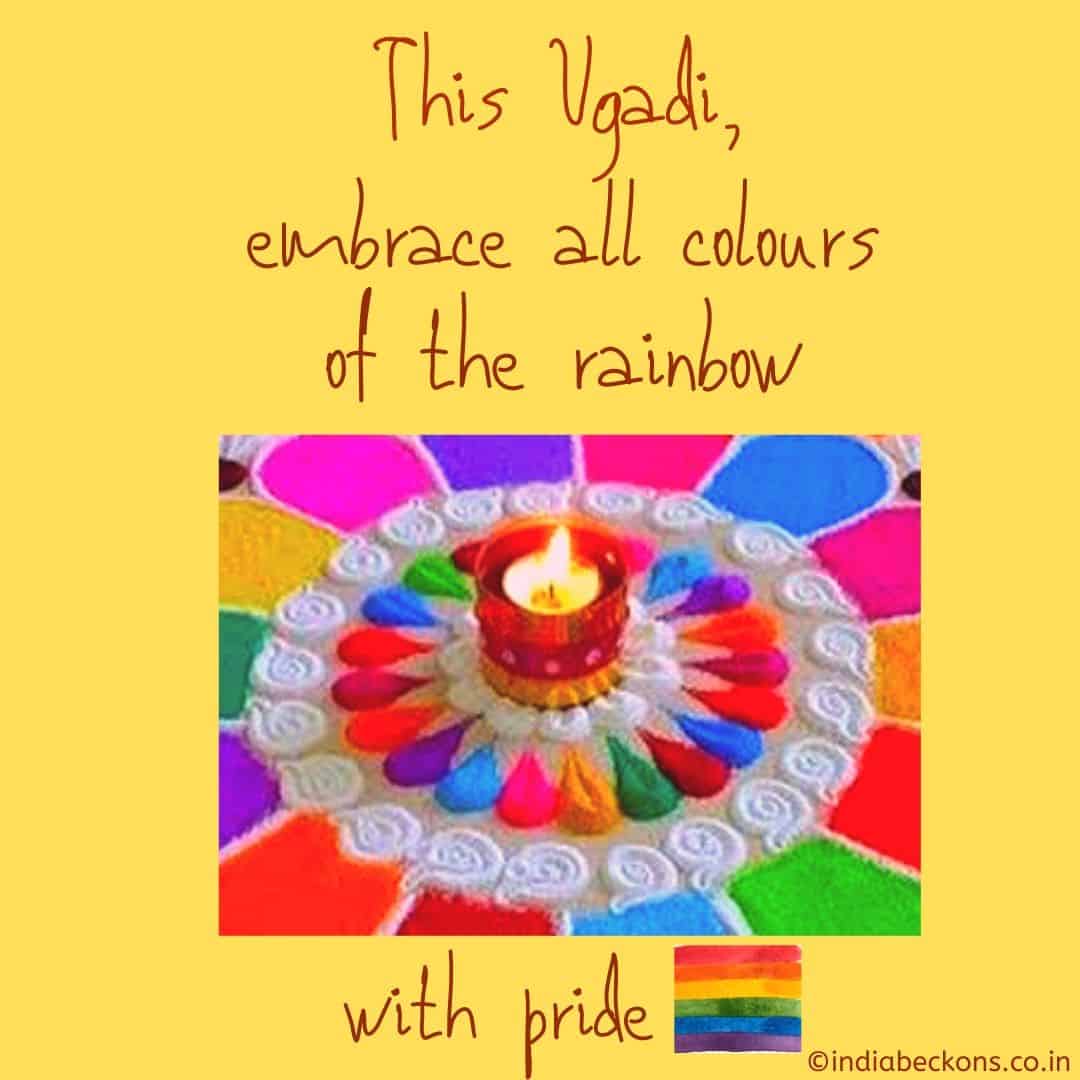
Communities celebrating Gudi Padwa intend the rangoli’s vivid shades to represent the bloom of colours during spring; the LGBTQ+ community expresses this idea of rejuvenation through spring and the advent of the new through a rainbow flag – also known as the pride flag, as it has become a symbol of the LGBTQ pride.
Widely used as a symbol for LGBTQ+ rights, proponents of the movement for gay rights fly the flag at demonstrations and marches across the world. Since it was first used at a San Francisco rally in the 1970s, the rainbow flag is recognised as a show of LGBTQ+ solidarity. The multiple colours are thought to symbolise the vibrancy of multiple identities outside the norm.
This Gudi Padwa, our vibrant rangoli can be used not only to reflect spring colours but also to represent LGBTQ+ pride. The oldest and most widely used variant of the flag has six stripes in red, orange, yellow, green, blue, and violet. By modifying traditional rangoli to include these colours, we can send a message that promotes rights and the inclusion of marginalised communities. What better way to ring in the new year?
This is one of the first few articles in a series which India Beckons is planning to do on social themes, raising awareness on various social issues through these creatives and articles. This article is on harmony and unity in diversity, keeping in view the LGBTQ+ community and linking the colours of a humble rangoli to the colours of the rainbow, which are symbols of pride for the LGBTQ community. Living in harmony and acceptance of all bring pride and lead to a strong nation.

